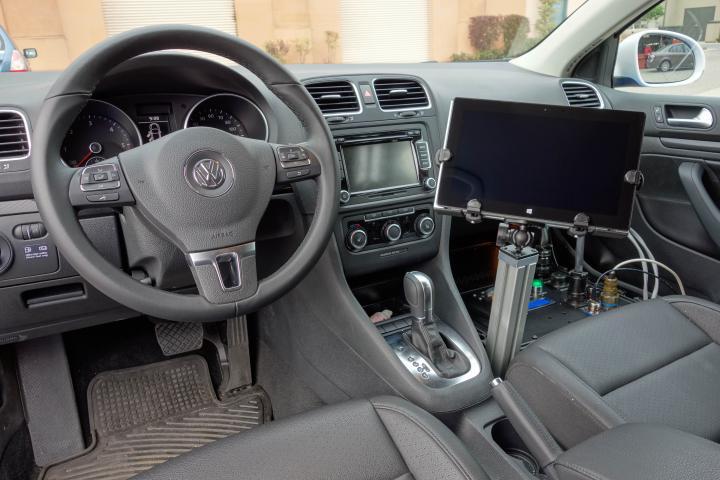
Nokia is confident it can tell you how the traffic will be on a given route up to 12 hours into the future. Don’t worry though, Nokia hasn’t gone all mystic on us. Here Maps examines 100 historical examples of traffic flow on your selected journey, then compares them with the current conditions to provide the fastest and least congested route. You just have to give it your preferred time of arrival. In early tests, estimated arrival times were 20 percent more accurate for journeys over 30 minutes using the system.
The idea is to make planning journeys in advance easier, but there’s no point in setting up a route the night before an important trip, only to find an accident has changed the situation in the morning. Here Maps monitors the planned route, and will send alerts to a smartphone with Here Maps installed, so you have time to make changes. Everything’s synced with the cloud, and finally applied to the in-car navigation system.
Initially, Here Maps’ Predictive Traffic feature will be aimed at business route planning, but it will be integrated into in-car navigation equipment with Here Maps in the future. Predictive Traffic will launch in the U.S., Canada, and Germany first. However, since Here Maps is available in more than 80 countries around the world, 43 of which already have real-time traffic reports, a wider release should follow soon.
Discussing its benefits at Predictive Traffic’s launch, Here Maps’ senior vice president in charge of connected driving said, “The most important thing is for people to spend less time in traffic.” We couldn’t agree more.



